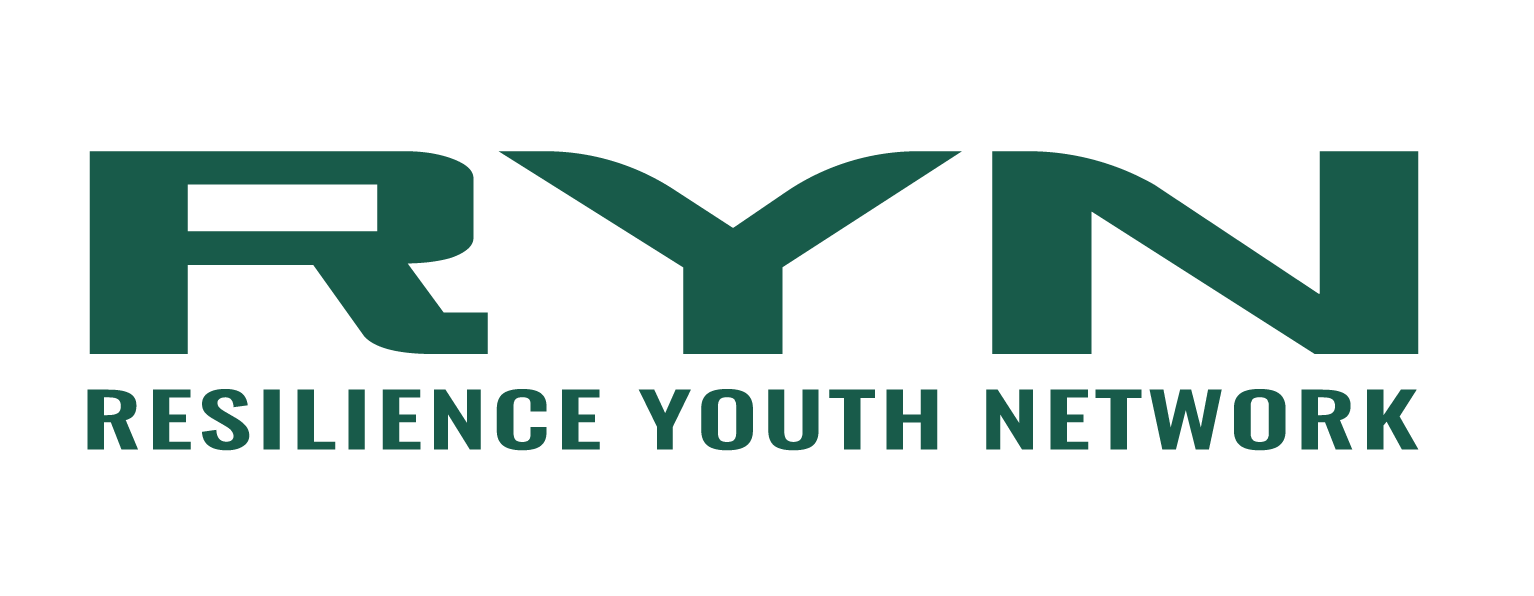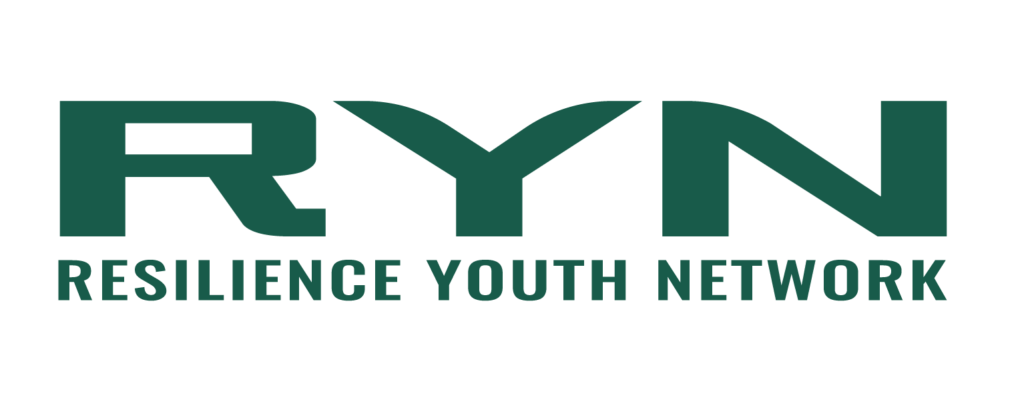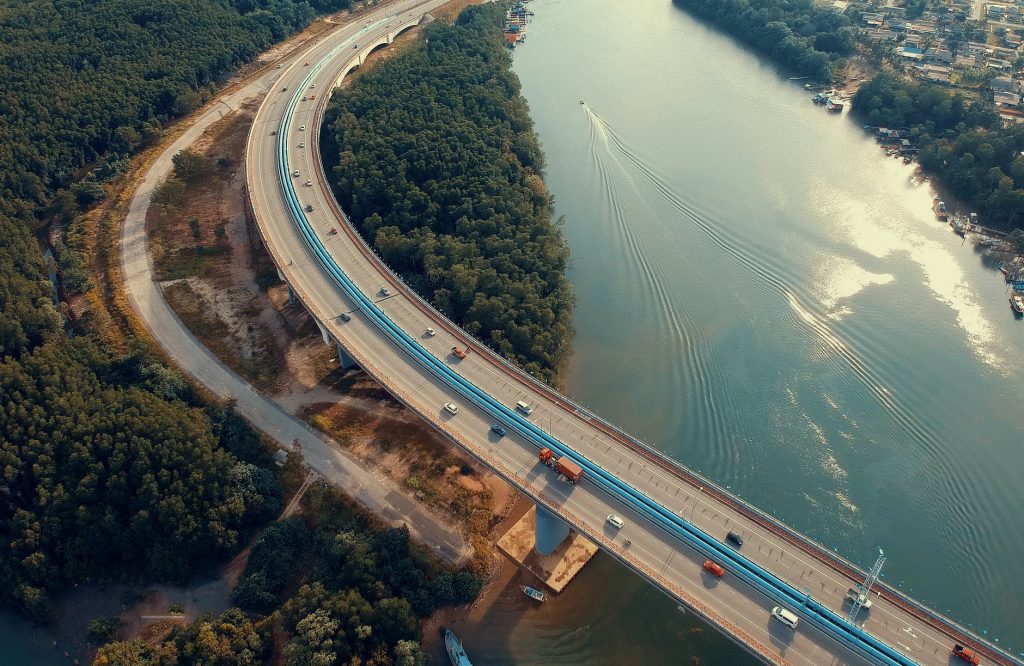Introduction
The agri-food system is an immense and complex leviathan that accounts for the overwhelming majority of freshwater used by humans annually. Specific geographies across the world face significant water stresses associated with inputs and outputs of agricultural water use. Against a backdrop of growing environmental challenges, the intersection of water and agriculture is emerging as a central topic in managerial and political circles. Technologies, policies, and management processes that increase water productivity (or reduce water use per unit of output) tend to receive the bulk of attention in this discourse. Productivity is discussed in-depth in our first installment of this series: Enhancing the Productivity of Water Use. This article examines another, less obvious, side of the solutions matrix.
In contrast to the solutions that address water demand management or affect the quantity of water consumed (ie. decrease the footprint), we can also improve the supply or quality of water that is regionally available (ie. increase the handprint). Water-focused thought leader Will Sarni notes that the water handprint involves “adopting a corporate strategy that quantifies the positive contributions that certain products and services have in addressing the water quality and availability would drive more creative and impactful solutions to water scarcity, poor quality, access to safe drinking water, sanitation and hygiene. This is out-of-the-box thinking compared with current water stewardship strategies and narratives focused on reducing water footprints and collective action programs”.
However, these commercially-led solutions tend to only be economically viable in environments that value, support, and incentivize the widespread and impactful benefits reaped by improving or increasing the water supply. Recognizing these benefits and compensating the actors that drive them may initiate a shift in our approach to water resource management. In other words, issues like climate change, drought, flooding, and a web of other detrimental problems that add water risk to businesses and communities should not only be viewed as operational, environmental, and social liabilities. These pressures can also be viewed as critical points from which businesses can de-risk situations through technology and natural solutions.
Solutions that improve water supply can expedite the reduction of these risks and improve resilience. This article demonstrates several fundamental models that are making strides in the arena of natural and technological water supply solutions. It then discusses the distribution of benefits derived from these and how they can be encouraged in a supportive environment.
Challenges in Agricultural Water Supply and Quantity
The total amount of water on the planet is largely fixed and cycles through several massive, changing hydrological processes. Regional water scarcity issues exist in at least 40% of habitable areas globally. These issues result from both a volumetric lack of water in river, lake or ground systems, as well as an array of bio-chemical water quality issues that degrade the functional use of the water in human consumption and in agriculture. Complexities cascade through the value chain as the very agricultural systems that require reliable stores of freshwater are the same actors that deplete available resources beyond the point of replenishment. These processes also discharge concentrated nutrients and chemicals into water networks, affecting biodiversity and drinking water quality. The negative impacts of water supply deficits also extend to capital assets such as infrastructure and permanent crops. In the current context of serious droughts found in western North America, southern Europe, and western Africa, these implications compound to affect the financial backbones of the broader agricultural economy.
Water quality is a term that has different meanings for different functions and should be identified in a context-specific manner. For example, water quality for agricultural purposes could differ significantly to the conventional understanding of drinking water quality and instead refer to quality requirements for sustaining certain ecosystem functions. These nuances create unexpected complexities for the well-intentioned goal of improving water quality.
Water quality problems stemming from agricultural foundations are most pronounced in terrains that experience bio-physical water scarcity because reduced quantity in ground and river water systems can increase the relative impact of nutrient and chemical pollution.
Remedial mechanisms (such as the technological and natural solutions discussed below) can generally improve both the consistency, availability, and volumes of water supply as well as the quality for water to facilitate ecological services. Both technological and natural solutions should not be overlooked, as they both can carry lasting weight if implemented properly.
Technology Solutions for Water Quality and Quantity
In the past decade, promising innovations have increased the availability of water by changing its form, distribution, or biochemical composition. One viable example is the groundwater recharge well. These are promoted by the US Government in regions like California, where they insert an injection pipe into aquifers to replenish over-extended water tables. Though establishing the infrastructure can be expensive, a recent study in India finds that such recharge wells can at least provide a temporary solution to the impacts of weather variability and overexploitation of resources on groundwater quantities.
We see other impactful technologies changing the face of entire agricultural systems as well, from reservoir allocation algorithms to desalination. While the latter has received concerns for its high energy usage and therefore long-term sustainability, certain agricultural regions – such as parts of Spain, Israel and Australia – rely on desalination as a primary source for their irrigation. Additionally, desalination is a mechanism for improving water quality for agricultural functions. However, both recharge wells and desalination are considered band-aid solutions and can only do so much to mitigate the root cause of the problem.
Other technologies affect the very composition of water. AQUA4D is a Swiss water technology firm operating internationally for seventeen years. Their system treats water before it is distributed to crops through a process that modifies the physical structure of water particles to improve penetration and water-use efficiency, and to optimize irrigation. This technology is particularly useful in irrigating with hard water, which has high mineral content such as calcium carbonate, zinc, iron, and magnesium. The treatment dissolves these minerals that get deposited in, clog, and depreciate physical irrigation assets. The same process also improves drainage of salts below the rhizosphere (soil zone influenced by plant roots and microorganisms), preventing the growing issue of saline root-crystallization.
Humidity capture technologies, or as the BBC notes ‘the ethereal art of fog catching’, is another promising solution in the correct microclimates. With projects found everywhere from Morocco to New Zealand to Peru, this technology solves water scarcity issues at a very local scale. An average household netting system can capture up to 400 litres of fresh water per day, demonstrating that fog can hold far more water than we conventionally give it credit for. Conservationists have found that the technology can be integrated with specialty forests that promote humidity and water capture, thereby integrating a technological solution with natural infrastructure. This is an equally important, yet underrepresented, dimension of water technology in agriculture and offers plenty of room to be further researched and implemented.
Natural Solutions for Water Quality and Quantity
As technologies continue to be implemented to solve the immediate array of agricultural water issues, it is easy to overlook the answers provided by nature that come as a result of billions of years of genetic, geological, and hydrological dynamics. An abundance of tangible benefits result from natural solutions that have not been historically factored into economic or regulatory decision making. These solutions are increasingly incorporated and encouraged in agricultural water technology implementation plans as complements or foundations of entire projects.
While natural solutions come in many forms, there may be no more impactful a topic than source water protection for water quality and quantity challenges[xiii]. These challenges stem from deforestation, industrial processes, and poor agricultural practices. The Nature Conservancy notes notes that protecting water at the source can cost about $2 per person annually but can alleviate issues amalgamating to hundreds of billions of dollars per year.
Constructed wetlands, for example, are treatment systems that mimic a suite of natural processes to collect a greater quantity of water and improve its quality. Constructed wetlands are seen and incentivized in many regions – such as California, Estonia, and Singapore – and improve water quality and ecological functions in a manner that is similarly efficient to conservational practices. In addition to the surface-level ecosystem services, these wetlands offer groundwater recharge properties through vertical infiltration of water through soils and porous rocks.
Conclusion
The issues of agricultural water quality and quantity are becoming more relevant and widely discussed, particularly by those in the industry. The defining factors of addressing them falls on proactive regulatory structures that incentivize innovative, sustainable behaviour. The agricultural system is expected to witness significant growth in the adoption of water supply and quality technology. While there is a distance yet to cover, the outcomes provided by these companies promote the idea that food can be produced in a manner that does not degrade the environment.
The forthcoming third and final articles complete the examination of emerging trends in agricultural water technology by assessing the movement of digitization and optimization of water management processes at scale. This ties together learnings from the previous two articles to demonstrate the shape of the future of agricultural water technology and stewardship.
As time progresses and water scarcity grows, the price of water is set to increase in regions of stress. Price increases, combined with a conservational regulatory environment, will lead to greater justification for growers to purchase and implement treatment and capture technologies as well as to adopt natural solutions. Long-term perspectives should be placed on these investment decisions and regulations to ensure that band-aid solutions are not implemented, and instead, that sustainable outcomes are promoted.






